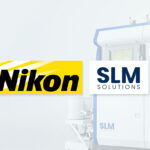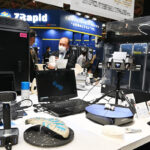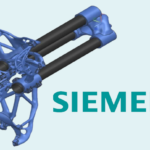ASIA ELECTRONICS INDUSTRYYOUR WINDOW TO SMART MANUFACTURING
Nikon Pitches New Additive Manufacturing System
Nikon Corporation has released the next-generation metal additive manufacturing system, Lasermeister LM300A and the complementary 3D scanner Lasermeister SB100. Particularly, LM300A uses Directed Energy Deposition (DED) technology. These industry-leading products represent the latest strategic additions to the Nikon Advanced Manufacturing solutions portfolio.
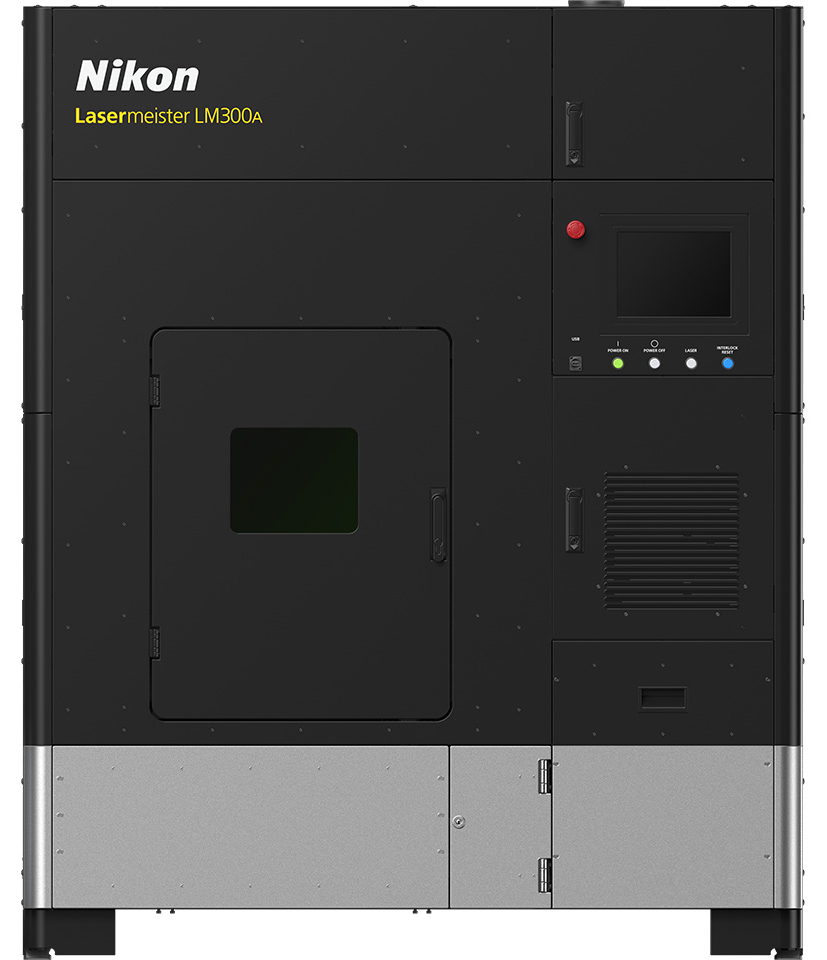

Previously, the company launched the Lasermeister 100A metal additive manufacturing system series for research purposes. Now, Nikon is introducing this latest solution specially developed for industrial applications. It was built upon the high-precision processing capabilities of the previous systems. Also, LM300A supports an expanded build area and is equipped with the newly developed 3D scanner, SB100.
Primarily, this advanced 3D scanner supports factory automation by enabling users to scan each workpiece with the click of a button. Then, it automatically generates the tool path data for the 3D printing process to begin. The successful pairing of the LM300A and SB100 delivers tremendous value to the industry. Particularly, this suits applications such as repairing turbine blades and molds.
The company intends to launch the additive manufacturing system and 3D scanner in the spring of 2024.
Development Background
Currently, aircraft engines and power generators use turbine blades to help extract energy from hot gas. However, due to exposure to harsh conditions, these turbine blades degrade over time and periodically the worn-out blades must be repaired to continue usage. The traditional turbine blade repair process involves cutting and scraping the worn area for each blade, which takes time and generates waste. The blade is then manually welded for repair. Then, grinding is performed to restore the part to its ideal shape. This rigorous repair process introduces many challenges including difficulties in securing highly skilled welders, which can lead to quality consistency issues and long lead times.
To address the numerous challenges in the conventional repair process, Nikon developed LM300A and SB100 as a game-changing solution. Specifically, it can reduce lead times up to 65%* of the conventional welding process and minimize post-processing requirements. In addition, this innovative technology will provide great value to automobile, railway, machinery industry, and other repair applications as well.
*Based on Nikon’s calculation.
Key Benefits
1. Seamless Scanning and Tool Path Generation
By simply placing a workpiece (eg. worn-out blade) inside SB100, with a click of a button, the module begins to scan and measure the workpiece inside the chamber. Then, it compares the current actual shape with its ideal CAD model to extract the difference, using a built-in high-precision scanning feature. SB100 then automatically generates the tool path data for repair specific to each damaged or worn-out workpiece.
This entire process is easily completed. Also, it does not require any special skills or manual cutting of the repair area. Subsequently, the tool path data is transferred to the LM300A to initiate high-precision additive manufacturing. Once completing the additive process, the workpiece can be placed back into SB100, where it will be scanned and inspected to confirm the repair was performed to its ideal model. This automation and streamlined workflow can vastly contribute to reduced costs and lead time for industrial users.
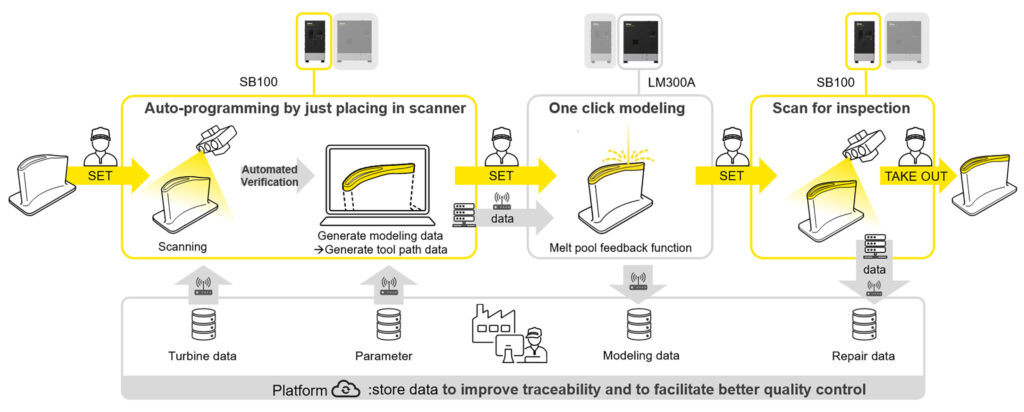
2. High-precision Processing for Various Metal Materials
Meanwhile, LM300A performs high-precision processing by leveraging advanced optical and precision control technology developed across decades of Nikon semiconductor lithography systems. In the case of turbine blade repair for example, LM300A can process within the accuracy of +0mm to maximum +0.5mm difference for the XY-axis direction and +0.5mm to maximum +1.5mm difference for the Z-axis direction, achieving ultra-high precision. In addition, real-time laser power control by the melt pool feedback system delivers smooth surface finishing and precise processing of parts. This ultimately achieves crack-less repair with optimal quality and stability.
It can build onto existing parts with high precision, providing an advanced repair solution compatible with a variety of materials. This is the key benefit of Nikon additive manufacturing technology. LM300A supports metal materials such as Nickel based alloy (Ni625, Ni718), stainless steel (SUS316L), high-speed steel (SKH51/M2/HS6-5-2) and titanium alloy (Ti64/Ti-6Al-4V). It is also an open system depending on customer requirements.
-15 April 2024-

